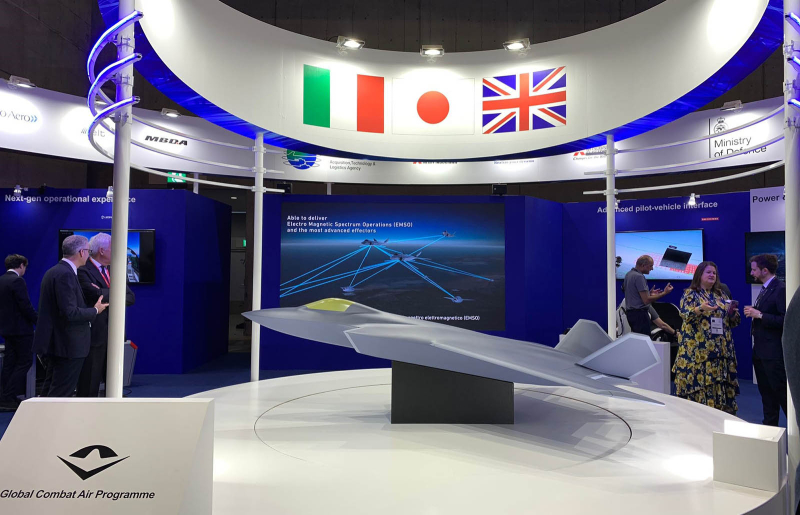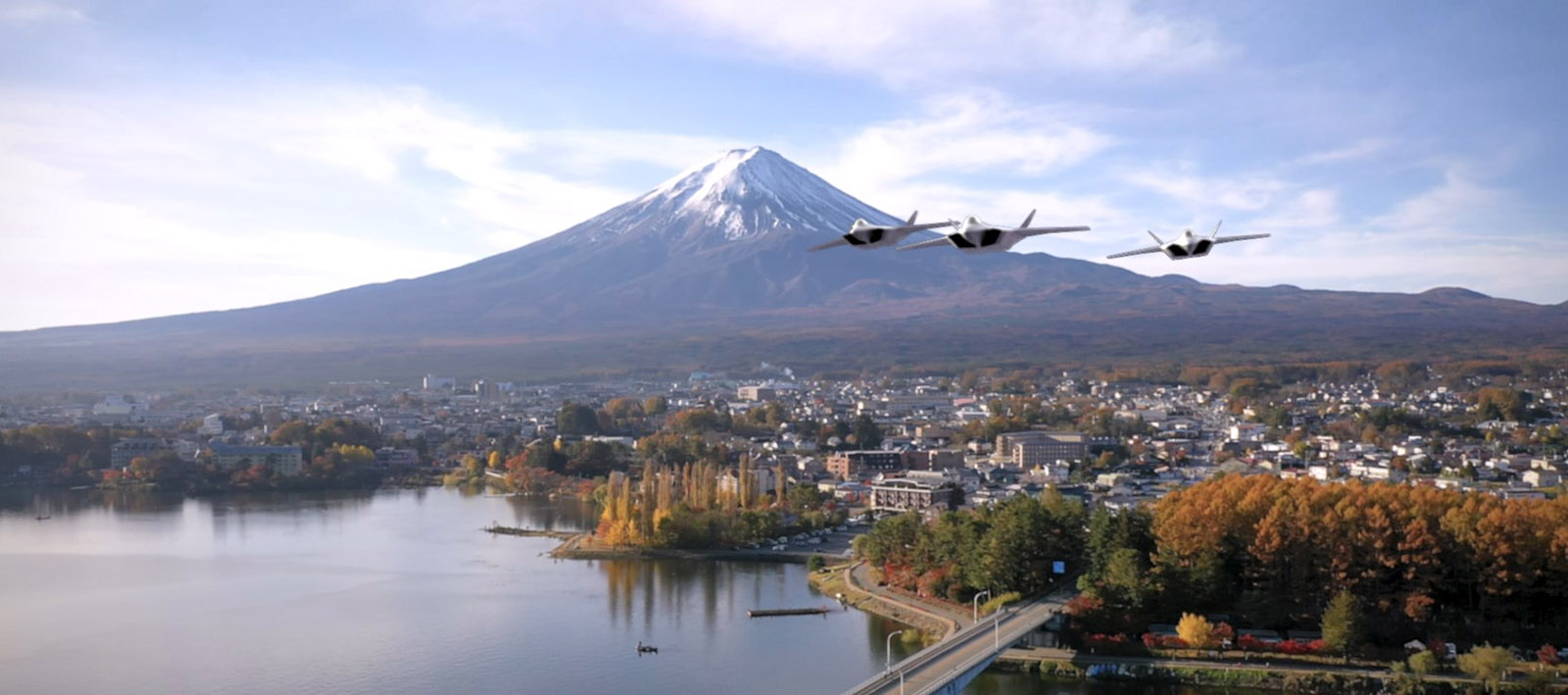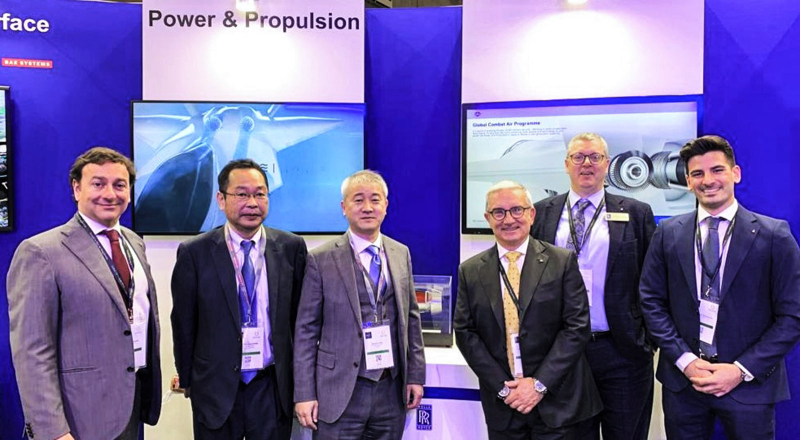Aviation
Japan draws closer
In Tokyo, at the latest DSEI, the international exhibition dedicated to the most advanced defense technologies, the GCAP companies presented together for the first time.
Apr 2023
Italy, the United Kingdom, and Japan were the three leading players in the latest edition of DSEI Japan, held in Tokyo in March. At one of the leading defense events in the Far East, the Global Combat Air Programme (GCAP) stand debuted. The sixth-generation fighter aircraft sees major companies from the three countries participating in its development.
Its importance was underlined by the summit organized on the sidelines of the event by Italian, British, and Japanese Defense Ministers Guido Crosetto, Ben Wallace, and Yasukazu Hamada. The trilateral meeting was organized to discuss, among other things, the next steps toward the joint development of the System of Systems.
At the GCAP booth at DSEI Japan, the representatives of industries involved in the program were in attendance, including those engaged in developing the Power & Propulsion system for the sixth-generation fighter jet, namely: Avio Aero, Rolls-Royce and IHI Corporation. An international team that brings to mind the successful collaborations between Avio Aero and Rolls-Royce for the development of the Panavia Tornado engine (the Turbo Union RB199) and the EJ200 for the modern Eurofighter Typhoon.
Japan’s attendance is the main difference, and at the same time, it highlights the importance of the Far East for industrial and geopolitical synergy. As Kiyo Iizuka, Strategy Development Manager of IHI Corporation, also confirms, “IHI would like to contribute, through its vast experience and knowledge, to the development of high-level products, solutions, and services to provide Japan, as well as the entire global community, with the highest level of safety and security”.
The presence of the three companies at DSEI Japan “is tangible evidence of the collaboration between leading national industries on a program that will mark the technological evolution of the system of systems, the sixth-generation fighters,” explains Massimo Castorina, Avio Aero’s Marketing and Business Development Leader. A technological evolution that will lead to the introduction of new cutting-edge solutions in all the domain’s areas.
“Italy and the UK has an enduring and hugely successful partnership in Combat Air that extends over the last half century. Building on this heritage and integrating Japanese innovation, in particular around the F-X programme, offers an exciting opportunity to bring together some of the very best combat power and propulsion expertise in the world. GCAP is a new challenge we will meet through innovation and cooperative spirit” adds Mark Tivey, Business Development Director for Rolls-Royce’s Future Programmes.
Mark Tivey went on to comment on the cooperative spirit the teams have created, in particular, over the last twelve months. “One good example is the pace at which the teams developed and signed comprehensive collaboration agreements. This milestone has been reached in far less time than previous programmes. Such demonstrations underpin our customers confidence in what we can achieve in a sixth-generation collaboration”.
For IHI, and for Japan, participating in GCAP development with European companies is a high-profile challenge, starting with time, language, and cultural differences, which “can be nimbly overcome in synergy,” assures Kiyo Iizuka. “Like Avio Aero and Rolls Royce, we at IHI have great experience in jet engine development. GCAP will allow the expertise of the three companies to be brought together, which will be hugely beneficial for all of us”.
“One of the key messages we bought to the show was around prosperity,” Tivey continued, “the program not only offers rejuvenation of our national Combat Air industries, but the opportunity for us to collectively win in the global export market”.
An important role in the development of the engine and energy management systems will be played by Avio Aero, “as it will put into the GCAP all its technological excellence in producing the entire propulsion system, supported by a research and development program that will leverage both our expertise and the European research and development network,” Castorina says.
A manufacturing proposition will also join the technological one: “additive manufacturing and the use of new materials will be enablers for the production of innovative engine architecture with advanced performance,” Castorina adds.
With 2035 approaching, the year in which the partners plan to bring a sixth-generation fighter into frontline service, the next steps in the program will consist of defining the detailed partnership between the three countries. In the case of the industries engaged on the engine, it is also about maturing the technology on the engine demonstrator programme and defining a world-beating fighter engine for the next generation.
Cover image credits, BAE Systems.







